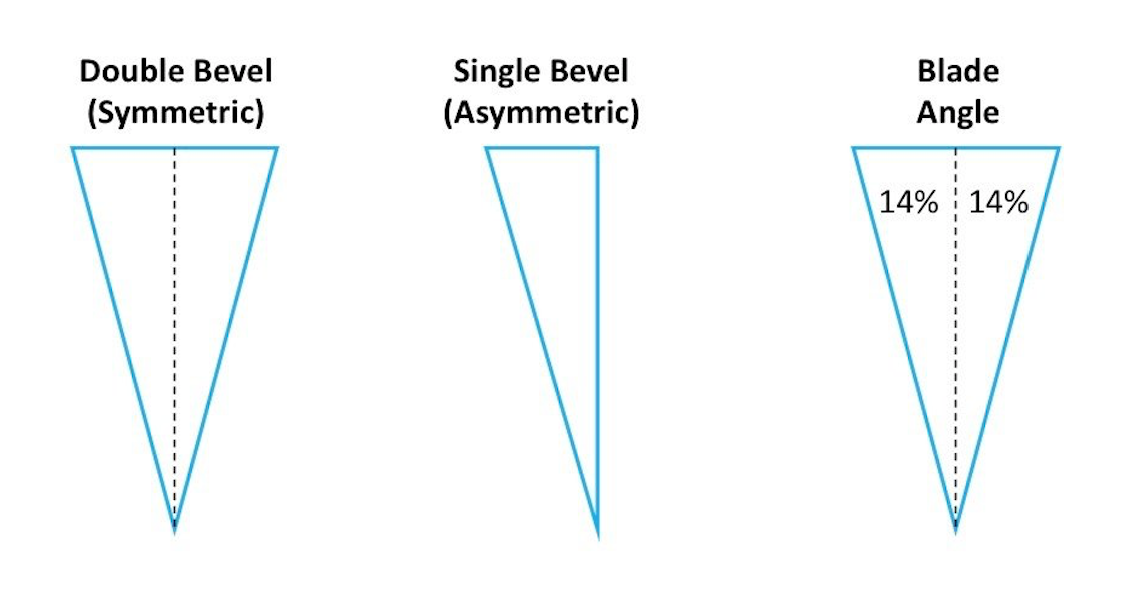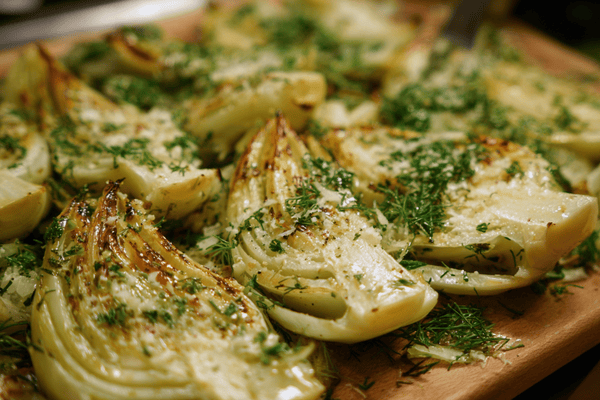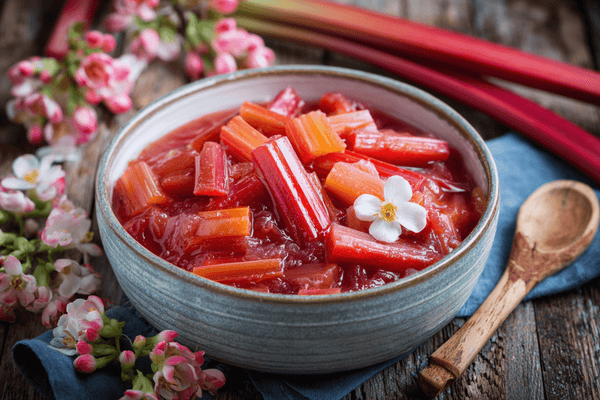
When you think of a Japanese knife, there are a few specific characteristics that stand out with these kitchen staples: The high-quality carbon-steel blend for the blade; unique patterns forged through Damascus steel; and perhaps most notably, a razor-sharp edge that is unmatched by Western knife equivalents.
A sharp edge is pretty much a necessity with Japanese knives and this is a requirement that has been developed to match the expectation of Japanese cuisine.
Popular Japanese dishes like sushi and sashimi are created to enhance the flavor of the food whilst also being pleasing to the eye and it’s the aim of the dish to appeal to all of the human senses. A sharp and very thin edge, as you will find out in this article, not only helps to improve the presentation of a dish but it will also enhance the flavour of the food!
Table of contents
Japanese Knife-Edge Guide
If you are not accustomed to Japanese knives in general then you will likely be surprised by the fact that we’ve dedicated an entire article to just one factor of these kitchen utensils.The edge of a Japanese knife, however, is one of the most crucial aspects that give these knives a reputation for providing ultra-fine and precise cuts, and for what seems like a simple component of the end product, the edge is arguably the most important feature.
In this guide, we cover all of the essential characteristics that enable a Japanese knife to hold such a sharp edge and also run through how you should properly maintain these edges which is a crucial aspect if you are new to owning a Japanese knife.
Why Does a Japanese Knife Have a Sharp Edge?
Firstly, it’s important to understand just why a Japanese knife has such a sharp edge as this is certainly not a common feature in most household knives. While most kitchen knives are generally ‘sharp’, they are not sharp when compared against a Japanese knife and this is for a number of reasons:
Precision Cuts

Japanese cuisine, as mentioned earlier, often requires ultra-fine and precise cuts. Popular dishes like sushi have just as much focus on the presentation of the dish as they do on the overall flavor and thin cuts of fish and vegetables are crucial to these dishes.
While a large array of knives and cutting techniques/styles are used to create these dishes, the foundation from which these cuts are made is always the sharp edge of the knife.
Flavour Enhancement

Another reason why a sharp edge is an essential requirement for Japanese knives is for flavour retention. A sharp knife will pass through the food and cell membrane cleanly which is the optimal way to retain a food's natural flavor.
If you see food being cut that sticks to the knife or leaves a significant amount of juice on the chopping board then this is usually the result of a knife that is too thick or blunt. If a knife does not cut through the food smoothly and cleanly then the food cells often end up getting crushed and some of the flavors are lost in this process.
This is a very minor point but it’s something that has a significant impact on the final dish, especially when the flavor is essential like when serving raw fish for sashimi and often the sharpness of the knife (along with the cutting skill of the chef) will be the determining factor for how the final dish tastes.
Characteristics of a Japanese Knife Edge
The edge of a Japanese knife is perhaps one of the most notable and distinguishing factors of a Japanese knife that really separates it from the Western equivalents.Blade Material

One of the key reasons that Japanese knives hold a sharp edge is because of the material used to form the blade. The majority of Japanese knives are manufactured from a high-quality carbon-steel blend which is in contrast to the stainless-steel blades that are most common in Western kitchens.
Stainless steel is easy to maintain as it’s water-resistant (meaning cleaning is easier) and the softer steel means these knives are less prone to chipping.
A Japanese knife with a carbon-steel blend is quite the opposite, this material allows for a lighter and thinner blade that most importantly, can hold a sharper edge for longer.
This material is one of the key components that enable a Japanese knife to hold such a sharp edge but these knives do require more maintenance as a result and we’ll cover this in more detail a bit later on.
Bevel

A Japanese knife will either be ground to hold a single or double bevel edge, with a single bevel being most common on traditional Japanese knives while a double bevel is more common for knives manufactured as a hybrid between Japanese and Western design.
The knife's bevel refers to the side of the blade that has been sharpened at an angle to form the edge. A single bevel will have one side angled towards the edge whilst the other side will typically be flat.
A single bevel, as a result of only having one side sharpened to form an edge, will have a much steeper cutting angle which results in a much sharper knife. Traditional Japanese knives with a single bevel edge are usually the sharpest knives on the market which allows for precise and ultra-fine cuts with a variety of different food types.
A double bevel means that the knife is sharpened on both sides of the blade to form the edge, these edges can also be referred to as a V edge which is the most common type of edge in Western knives.
A Japanese knife using a double bevel edge, like a Santoku or Gyuto knife (general-purpose chef's knives) will still be ground to a more acute angle on both sides of the blade in comparison to the Western equivalents and as a result, these knives are still incredibly sharp.
The angle of the bevel, whether single or double, will contribute to the knife’s overall sharpness and while we’ve touched on the single bevel Japanese knives being the sharpest, we also want to cover how sharp they are in comparison to a Western blade below.
Sharpness

A single bevel knife will typically be sharper than a double bevel equivalent, however, the most important factor to consider when it comes to the sharpness of a Japanese knife's edge is what angle the knife has been sharpened at.
Japanese knives are commonly sharpened to a 10 - 15 degree angle along the bevel. For a single bevel knife that is only sharpened on one side, a 10 - 15 degree angle would also mean that the total edge is made up of a 10 - 15 degree angle which is incredibly sharp.
For a double bevel edge, both sides are usually sharpened to a 10 - 15 degree angle which means the total angle of the edge for these knives is 20 - 30 degrees. A double bevel Western knife, for comparative purposes, will have each side sharpened to a 15 - 20 degree angle with the total edge having an angle of 30 - 40 degrees.
As you can see, there is a noticeable difference between the sharpness of a single bevel and double bevel knife and in general, Japanese knives (with both a single and bevel edge) will hold a much sharper edge than a Western knife.
The steeply ground angle on a Japanese knife is the reason they are so sharp and able to produce very fine and precise cuts with a wide variety of food types.
Hollow/Granton Edge

Some Japanese knives, like the popular Santoku knife, have hollowed-out dimples that have been ground close to the edge of the blade and are also referred to as a Granton edge.
These hollowed-out edges are a unique addition to some knives and create air pockets that reduce suction, mainly when cutting into particularly juicy food like meat, potatoes, onions, and a range of other vegetables.
These dimples allow for a cleaner cut when passing through the food and also helps prevent these juicy foods from sticking to the knife and causing mediocre standard cuts.
These Granton edges are typically found on Japanese knives and it’s important to ensure the dimples are located close to the edge of the blade and are also on both sides. If the dimples are not located close to the edge, they will be ineffective during use and will essentially be decorative rather than functional so this is an important point to keep in mind.
How to Maintain a Japanese Knife Edge
All knives require frequent maintenance regardless of the material they are made from, what design they have and what the knife is used for. Japanese knives, in particular, will hold an edge for longer which means they require less frequent sharpening, though maintenance on these knives is much higher in order to maintain a sharp edge.Honing

Regular honing is a necessity for Japanese knives as it’s a process designed to prevent the blade from becoming dull from frequent use. Honing is a simple process that should only take a few seconds each time however it’s a crucial process for maintaining a sharp edge on your knife. Honing a knife will usually require a honing rod that is made from steel or ceramic (depending on the material of your knife) and it’s recommended that you hone a Japanese knife after every use.
Honing a Japanese knife is the process of passing the knife-edge over a honing rod with a slight bit of force for a few repeats on each side of the blade. The process of honing is not done to form a new edge on the knife (otherwise known as sharpening) but it’s rather used to realign the edge and prevent bumps, dents, or oversized burrs from forming which will, in turn, make your knife dull over time.
Honing should be done before or after every use for a professional chef who uses their knives frequently and for long durations. For regular home use, honing should be done a few times per week.
Sharpening

While honing your knife regularly will help to maintain the edge, it won’t prevent dullness of the blade in the long run and you will need to sharpen a Japanese knife every few months (depending on the frequency of use) to form a new edge and maintain blade sharpness.
Sharpening a Japanese knife is not a difficult task and as Japanese knives hold their edge for longer, it’s something you should only be required to do a few times per year. On average it will take 20 - 40 minutes to sharpen a Japanese knife depending on whether or not it is a single or double bevel edge and it’s recommended that you use a whetstone to sharpen your knife.
As sharpening your knife is a complete topic in itself, we won’t get into the details in this article but just keep in mind that you will need to sharpen your knife a few times per year at a minimum in order to maintain a sharp edge and preserve the longevity of your knife.


